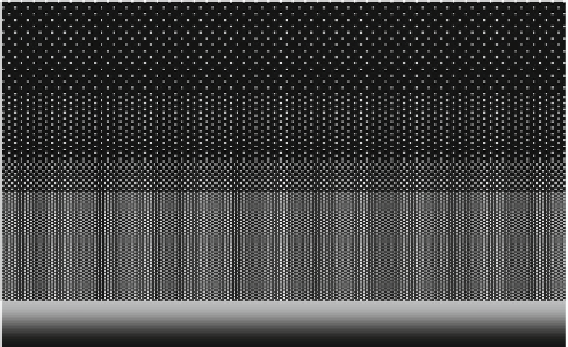Geoscience Reference
In-Depth Information
z
Alfven waves
B
Magnetosphere
z =L
F
-layer
L
E
-layer
l
z =
0
E
z
E
r
TM mode
d
ʴ
B
˕
Atmosphere
m
(
t
)
h
z = -d
Earth
Fig. 5.11
Schematic illustration of a stratified medium model and a cloud-to-ground (CG)
lightning discharge
5.3.3
IAR Excitation Due to a Solitary CG Lightning
Discharge
We previously discussed the effect of the neutral wind in the ionosphere as a possible
source of the generation of normal mode in the resonance cavity. In what follows
we first study the lightning discharges as a source for the IAR excitation. As we
shall see, the electromagnetic waves caused by the discharge can penetrates into the
top ionosphere thereby exciting the IAR resonator. Suppose now that a vertical CG
lightning discharge has appeared in the atmosphere at the height h above the ground.
The discharge is considered as a lumped vertical electric current moment
m
.t/
located in the atmosphere in the
z
-axis so that its coordinate is
z
D
h
d (Fig.
5.11
).
We recall that the current moment equals to the current produced by the medial
return stroke multiplied by the lightning channel length. As before the atmosphere
is supposed to be an insulator. So far as the geomagnetic field
B
0
is assumed to
be pointed vertically upward, the problem becomes axially symmetrical and thus
one should use the cylindrical coordinates
z
;r;'. In this case all the components
of the electromagnetic perturbations are independent of ', so that @=@'
D
0.A
primary field excited by the vertical current moment in the atmosphere consists of
only three components, E
r
, E
z
, and ıB
'
, which is termed the TM mode. In what
follows we show that the components of the TE mode, i.e., E
'
, ıB
r
, and ıB
z
, can
also arise in the atmosphere due to the mode coupling through Hall conductivity in
the ionosphere. The Hall currents in the gyrotropic E-layer of the ionospheres thus
play a role of the secondary source exciting the TE mode in the atmosphere.


































Search WWH ::

Custom Search